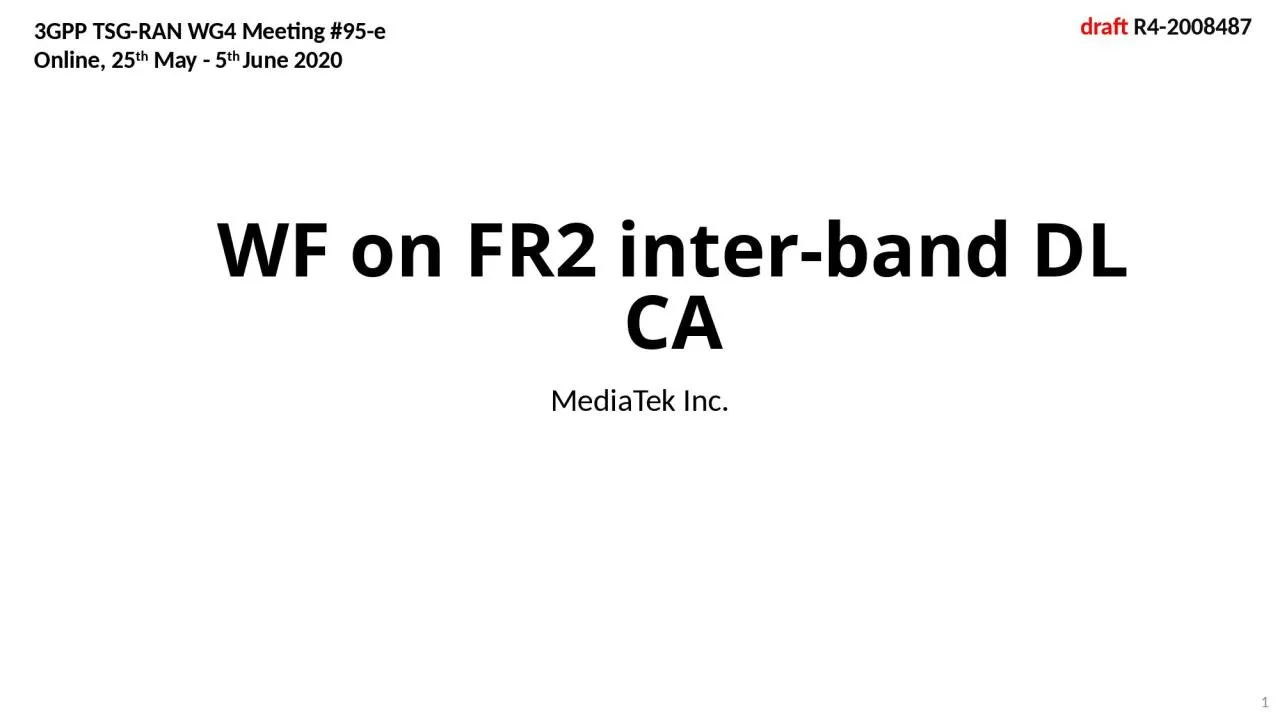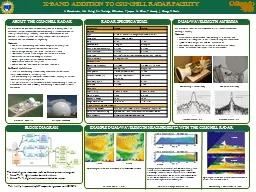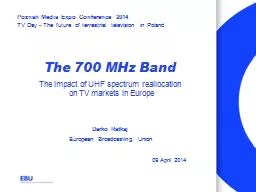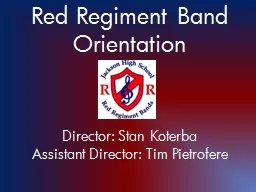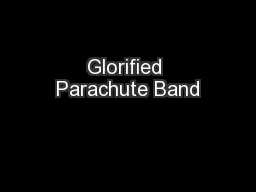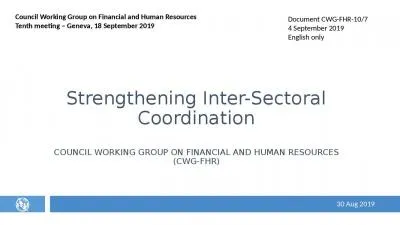PPT-WF on FR2 inter-band DL CA
Author : delilah | Published Date : 2022-06-01
Media T ek Inc draft R4 2008487 3GPP TSGRAN WG4 Meeting 9 5 e Online 2 5 th May 5 th June 2020 1 Background and wording alignment UE
Presentation Embed Code
Download Presentation
Download Presentation The PPT/PDF document "WF on FR2 inter-band DL CA" is the property of its rightful owner. Permission is granted to download and print the materials on this website for personal, non-commercial use only, and to display it on your personal computer provided you do not modify the materials and that you retain all copyright notices contained in the materials. By downloading content from our website, you accept the terms of this agreement.
WF on FR2 inter-band DL CA: Transcript
Download Rules Of Document
"WF on FR2 inter-band DL CA"The content belongs to its owner. You may download and print it for personal use, without modification, and keep all copyright notices. By downloading, you agree to these terms.
Related Documents

